Church of Fuentes de Carbonero
A place for pilgrimage and celebration, a witness of the history that God makes with us.
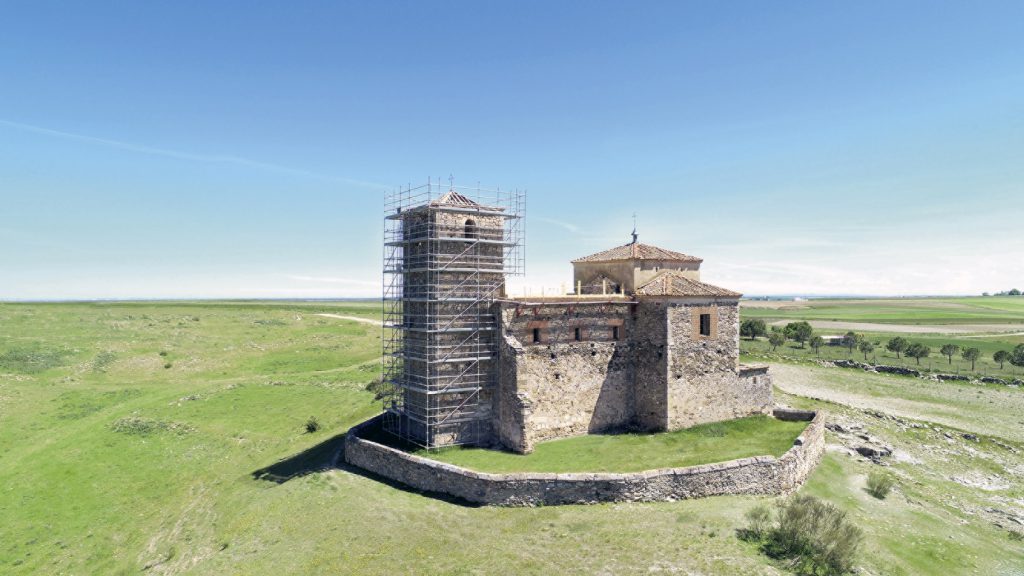
“I was impressed that while all the houses in the village were destroyed, the only thing left standing in that abandoned village was the church, and a church full of poor people. Here we celebrated the Easter Vigil with the brothers of the shantytown and those of the first community of Madrid. We had no light; we lit ourselves with an old candle that we found. At dawn we ate a lamb that we had ordered in Carbonero.“
Kiko Argüello.
The restoration of the Church of Fuentes
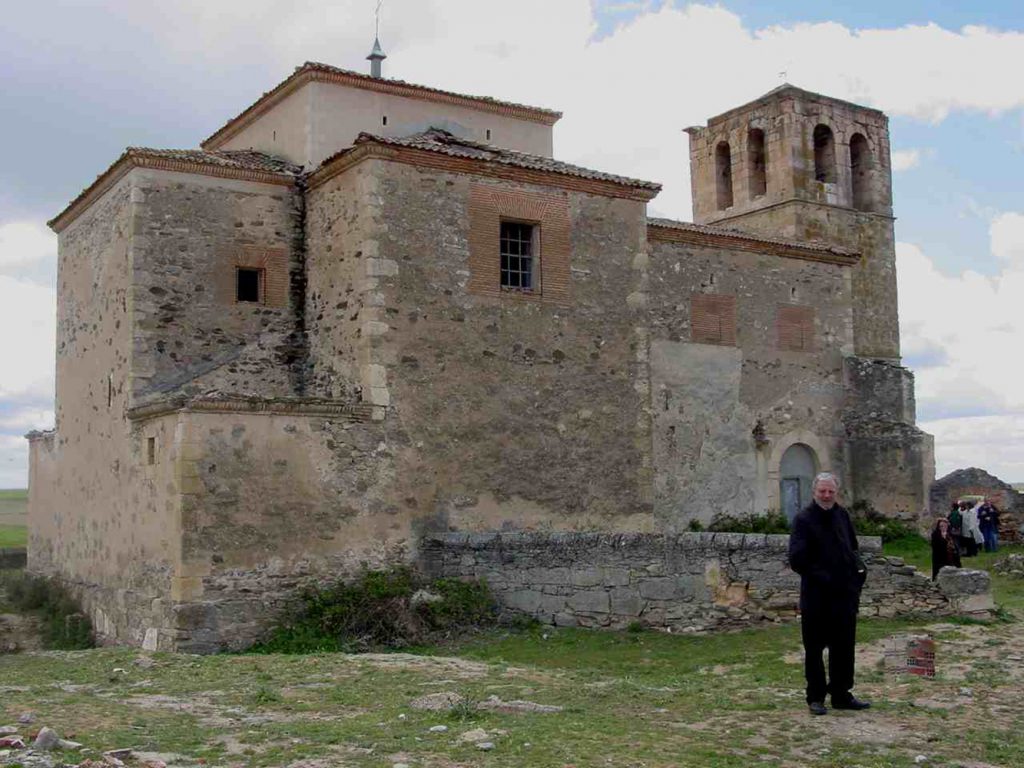
Last October 12 (2022), feast of the Virgen del Pilar, in Fuentes de Carbonero el Mayor, a small village near Segovia, uninhabited since 1960, a celebration of truly extraordinary significance took place.
The Eucharist was presided over by the Bishop of Segovia, H.E. Mons. César Franco, accompanied by more than thirty presbyters and in the presence of some 500 people who filled the interior of the church and the surrounding area.
The area, apart from the small church now completely restored thanks to the effort and work carried out by the Way, is surrounded by countryside.
What is so special about this place? Why has a church been rebuilt in a place abandoned by men, and one would also think that it was left by the hand of God?
A place to go on pilgrimage
To visit Fuentes, request by e-mail to:
Please indicate the day and time desired and the number of pilgrims. The access road and parking are very limited, so it is essential to reserve the day and time of the visit.
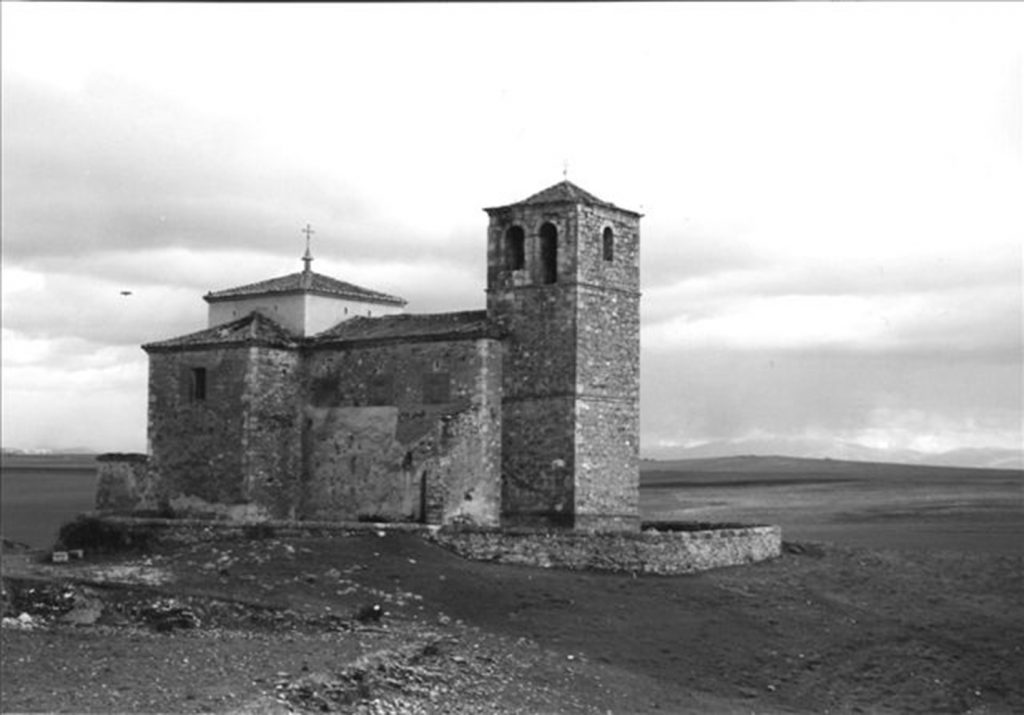
Kiko Argüello and Fuentes
Two kilometers from the town of Carbonero el Mayor (Segovia) is Fuentes de Carbonero. In 1960, the village is uninhabited and only the church remains.
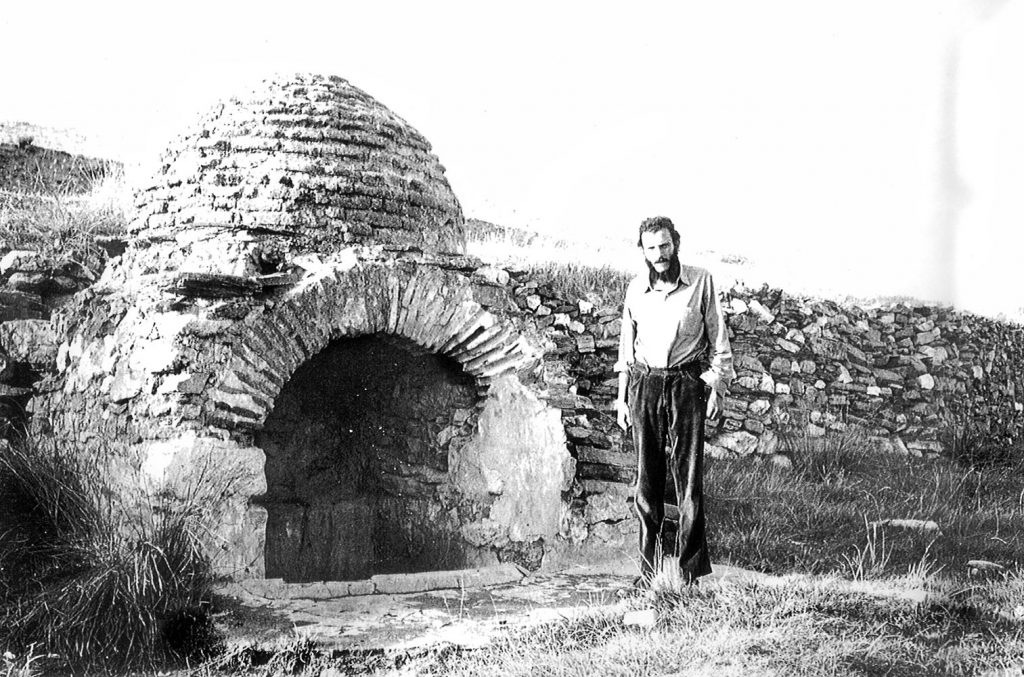
“God wanted me to find the church of Fuentes de Carbonero abandoned in 1965, when I was looking for a place of retreat and prayer. While I was walking through the Castilian plateau on a cloudy day, a ray of light illuminated the mica stones that abound in the area and suddenly everything was illuminated and I was very impressed: the church in the middle of that steppe was a true apparition. It was open and empty; it still had the altarpiece and some images; the sacristy with a wooden platform served me to sleep. I lived there for fifteen days, praying, alone and with great fruits. Seeing that it was a stupendous place, I retired there other times, living in solitude, fasting and praying and sleeping with my sleeping bag in the sacristy.”
Kiko Argüello.
The Paschal Vigil

“Since there was a river nearby, I decided to take the brothers from the barracks with me for a few days in the summer so that they could also have a vacation. We had a week of rest, communion and love. In 1967 we celebrated the Easter Vigil in the church of Fuentes with the confreres of Palomeras and those of the first parish of Madrid. In 1969 I told D. Francesco Cuppini – the first priest who accompanied Carmen and me – to come with me to spend Holy Week. We went there and we had no light, but there was an old candle and we lit it. We ordered a lamb from the next town to eat at Easter dinner at dawn. We celebrated the Easter Vigil without light; Francesco Cuppini presided.”
Kiko Argüello.
The Evangelization
“The first itinerants convivence was also held in Fuentes and from there the first teams for America left for evangelization.”
Kiko Argüello.
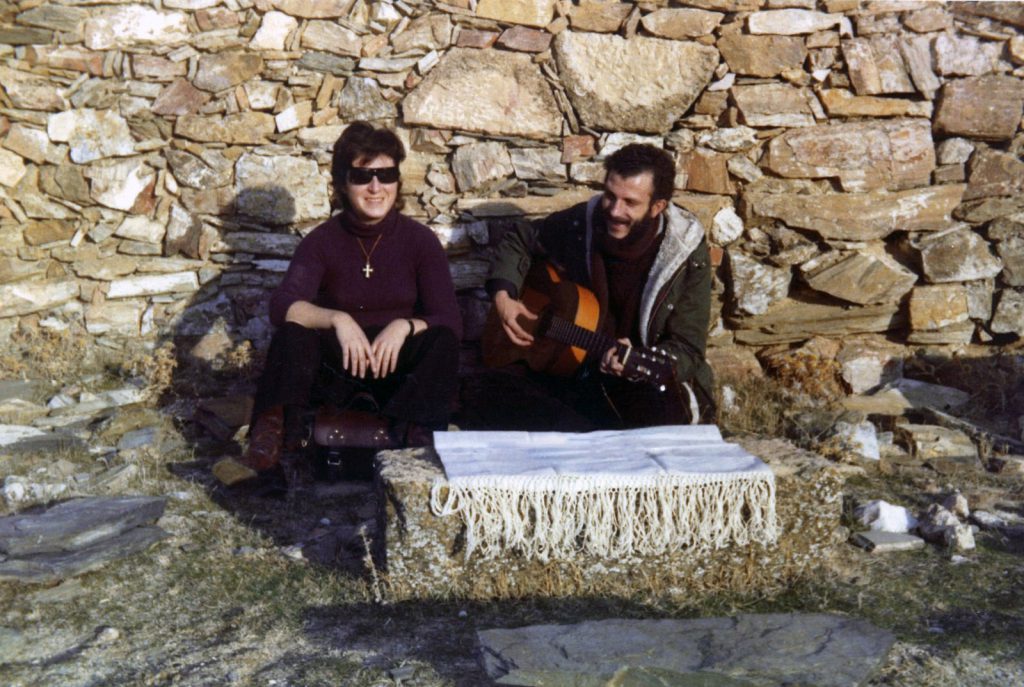
That first convivence, held by Kiko and Carmen, took place from August 1 to 20, 1969, a year after the Neocatechumenal Way began in Italy.
Since then, this new way of Christian initiation, a catechetical synthesis based on the Word of God, Liturgy and Community, has spread rapidly in Spain and Italy, and is now present throughout the world.
The Holy See approved the Statute of the Neocatechumenal Way in 2008.
